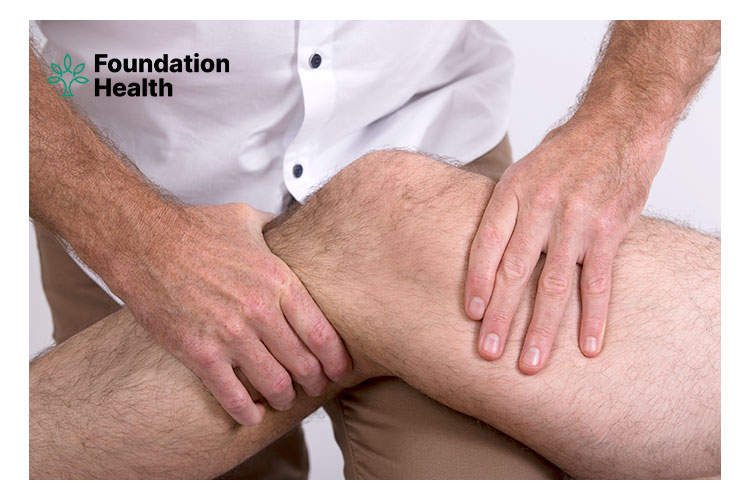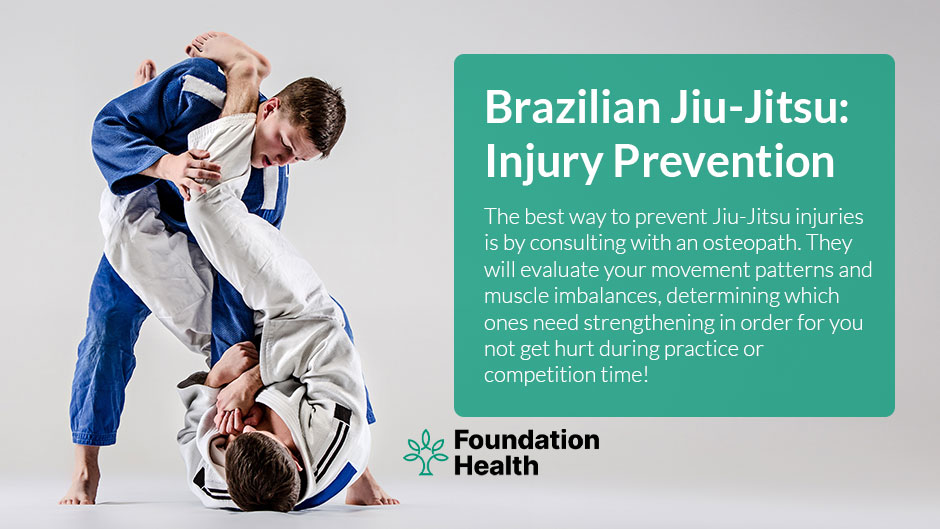Brazilian Jiu-Jitsu (BJJ) is a grappling-based martial art that can cause injuries during training and competition.
As submission wrestling, grappling comprises chokes/strangles and joint locks. Furthermore, BJJ contains aggressive takedowns from standing and self-defense techniques to force your opponent to submit or “flee” the situation in self-defense.
Research has determined that 78% of injuries sustained in BJJ contests are orthopaedic injuries, many of which necessitate medical treatment or surgical intervention.
Common causes of Brazilian Jiu-Jitsu injuries
Overuse and direct contact, a lack of conditioning, and soft tissue insufficiency are significant causes of Brazilian Jiu-Jitsu practitioners’ injury.
The dynamics of the BJJ fight, particularly the techniques, create overloads in the joints (mainly in the joints of the upper and lower limbs) by pressing them to the extreme range of motion, frequently exceeding the tolerance of the tissues, which can result in microtrauma and, as a result, discomfort and pain.
This overload might happen during a single incident of executing a specific movement or due to repetitive drills. Knee and shoulder joints, ligament injuries and dislocations are the most common, with takedowns, foot locks and arm locks being the techniques as the cause of these injuries.
For example, there are two typical BJJ injuries caused by the “kimura” jiu-jitsu technique. A “kimura” is performed by securing an opponent’s wrist, then internally rotating their shoulder and elbow by applying internal rotation pressure to the secured wrist and arm.
The risk of injury from using a “kimura” arises when both the elbow and shoulder are manipulated, potentially harming several anatomic tissues. This typically leads to a grade I AC separation in the shoulder and an MCL sprain in the elbow.
Traumatic finger polyarthrosis, which is essentially a wear and tear injury to the joints and ligaments in the fingers, is another common injury in BJJ. It frequently occurs as a result of ignoring minor injuries over time. It can result in finger joint deformity and pain, and weakness in the hands.
How can Jiu-Jitsu injuries be prevented?
It is beneficial to perform neuromuscular and proprioception training for at least 30 minutes to prevent injuries due to their ability to prepare and develop the body for the specific demands of the sport. Furthermore, neuromuscular and proprioception training can be done as a drill, which would not be detrimental because it is a typical activity in BJJ training.
The most practical method to avoid neck injuries in BJJ is to avoid fully stacked positions with your weight on your neck; instead, attempt to keep your weight on your shoulders.
Ensure to strengthen the muscles surrounding your knee and avoid exerting lateral tension on your knee joint for optimal knee health.
The best course of action is to consult with an osteopath to evaluate your movement patterns and muscle imbalances to determine how to strengthen susceptible muscles and increase joint mobility to circumvent common Brazilian Jiu-Jitsu injuries.
Will I get cauliflower ear from BJJ?
Not every grappler will be affected by cauliflower ear; it is highly variable. Cauliflower ear occurs when an ear injury causes blood to accumulate and pool beneath the skin, also known as a perichondrial hematoma. The pooling blood causes the skin to feel spongy, rubbery, and lumpy.
A perichondrial hematoma is typically not any cause for concern. This can, however, permanently change the appearance of the ear. As the cartilage dies, a person’s ear can flop over.
Should I squeeze cauliflower ear?
A medical professional should remove the fluid as soon as possible to reduce the likelihood of clot formation. In most cases, the fluid is drained using a wide-bore needle in a procedure known as aspiration. This fluid may contain blood clots, preventing further obstructions.
Constant compression is required to keep the injury from filling up with fluid again. Compression also prevents the skin from ripping out more blood vessels by keeping it close to the cartilage. You should avoid further BJJ training and any other situations where ear trauma is likely to occur again.
How do you heal your fingers in Jiu-Jitsu?
In BJJ, hand and finger injuries are practically unavoidable. Taping your fingers provides extra support to the joints and tendons of your fingers, allowing you to continue training with less pain. As long as you continue to cause stress on your fingers that caused your injury, your fingers won’t heal.

Final thoughts on Brazilian Jiu-Jitsu: Injury Prevention and Treatment
A catastrophic injury is one of the simplest ways to end your Brazilian Jiu-Jitsu career. It is possible to train after a BJJ injury, but avoiding these injuries should be everyone’s goal! Knowing the most common sites of injury and how to avoid them is critical for anyone hoping to train Jiu-Jitsu for a long time.
If you are suffering from pain due to Brazilian Jiu-Jitsu, book an appointment with one of our expert osteopaths at Foundation Health for a professional assessment today!


